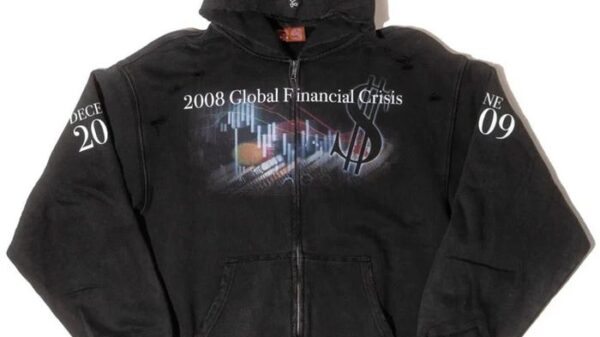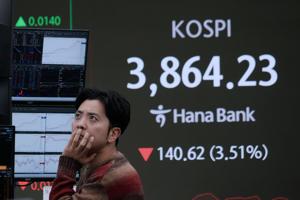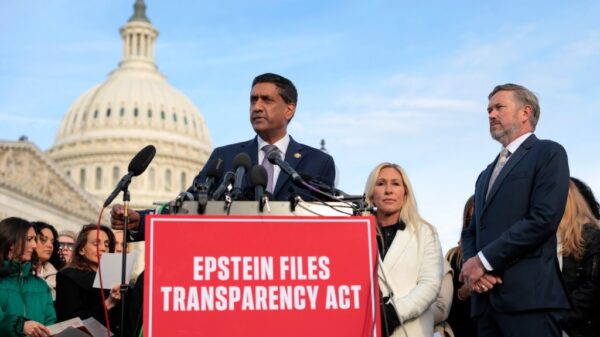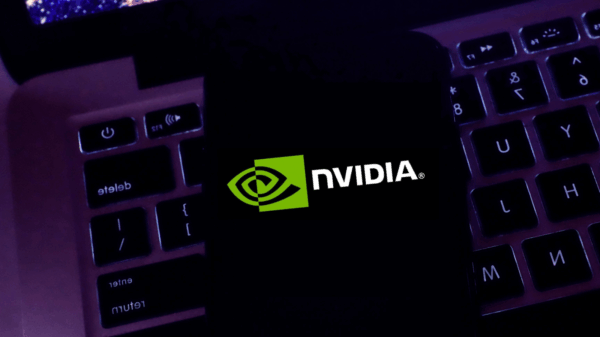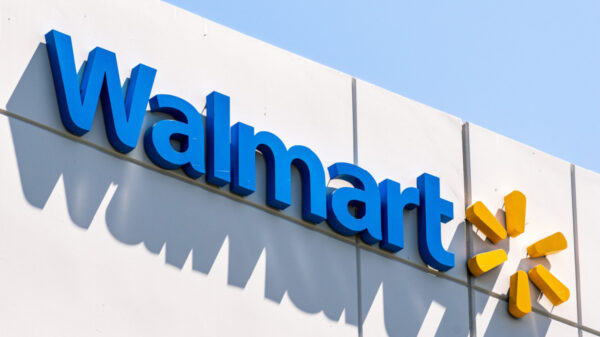Wall Street experienced a notable rebound on Friday, with major indices ending higher after a day marked by significant volatility. The S&P 500 surged nearly 2% during the session, ultimately closing with a gain of 1%. The Dow Jones Industrial Average rose by 1.1%, while the Nasdaq Composite increased by 0.9%. This positive outcome capped off a week in which the S&P 500 hovered just below its record high, despite experiencing some of the sharpest intraday swings since a sell-off in April.
Market sentiment improved following comments from John Williams, the president of the Federal Reserve Bank of New York. During a conference in Chile, he indicated that there may be “room for a further adjustment” in interest rates, suggesting the possibility of another cut in December. This potential move has significant implications for investors, as expectations of interest rate reductions have previously driven stock prices to record levels.
Investors have been grappling with the volatility in recent days, triggered by uncertainty over the valuation of high-profile stocks such as Nvidia and Amazon. The question remains whether the soaring prices of these tech giants reflect sustainable growth or if the current valuations are inflated. Market fluctuations intensified after Nvidia’s earnings report, which initially boosted investor confidence before leading to dramatic sell-offs.
On Thursday, U.S. stocks had a turbulent day, with the market initially rallying after Nvidia addressed concerns regarding a potential bubble in artificial intelligence technology. However, this optimism quickly dissipated, resulting in the largest daily reversal since April. The volatility has raised concerns among investors about the long-term profitability of AI-related stocks and whether their current demand will translate into substantial returns.
While the tech sector has faced considerable fluctuations, over 90% of the stocks in the S&P 500 posted gains, indicating a broader positive trend. Retailers played a significant role in this upswing. For instance, Gap saw its shares jump by 9.2% after reporting stronger-than-expected profits, with CEO Richard Dickson noting robust sales across its brands, including Old Navy and Banana Republic. Similarly, Ross Stores rallied by 8.5%, bolstered by a favorable profit report and an optimistic sales forecast for the holiday season.
Homebuilders also benefited from the prospect of lower interest rates, which could make mortgages more affordable. Stocks such as D.R. Horton, PulteGroup, and Lennar experienced gains of 7.3%, 5.9%, and 6.7%, respectively.
In the bond market, Treasury yields eased as traders adjusted their expectations for interest rate cuts. The likelihood of a December rate reduction jumped to nearly 70%, up from 39% just a day before, according to data from CME Group. As a result, the yield on the 10-year Treasury note fell to 4.06% from 4.10% at the previous close.
International markets responded variably, with European indices showing mixed results following Wall Street’s gains. In Asia, major indices experienced declines, with Japan’s Nikkei 225 dropping by 2.4% and South Korea’s Kospi falling by 3.8%.
As investors navigate these turbulent waters, the focus remains on upcoming economic indicators and Federal Reserve policy decisions that will shape market dynamics in the months ahead. With uncertainty still looming, the interplay between interest rates and stock valuations will continue to be a critical area of observation for market participants.




